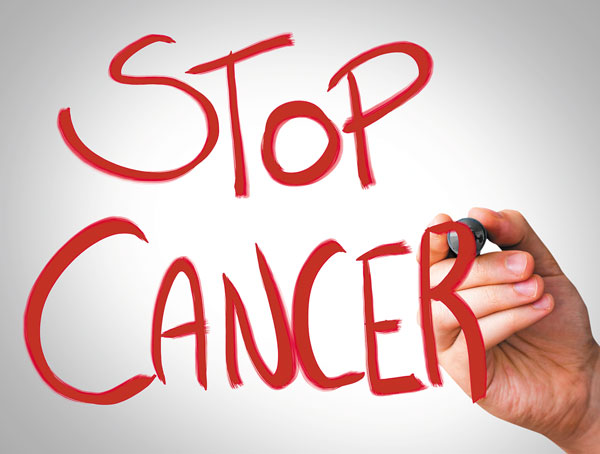
by Simon Noel
In today’s world there are many things in our daily lives that demand our attention, and sometimes our personal health can take a back seat.
With the hustle and bustle of daily life, children and work, our diets and preventative care can become an afterthought.
However, in the spirit of October’s National Breast Cancer Awareness month, it is imperative for individuals to take a closer look at their daily and long term health.
There are a few things that can be done to raise awareness of overall personal health as well as steps to be taken toward breast cancer prevention.
Breast cancer prevention begins with healthy habits, such as an improved diet and increased activity. While breast cancer treatments can be extremely effective with early diagnosis, there are still several steps you can take to lower your risks overall.
Here are a few tips to help you stay healthy.
• Decreased Alcohol Consumption
Studies show that using moderation with alcohol consumption can decrease your risk for breast cancer. This however does not mean that you cannot consume alcoholic beverages; it is suggested to limit yourself to one drink per day.
• Weight Control
Individuals who struggle with being overweight or obese tend to have a higher risk developing breast cancer. The likelihood escalates if obesity occurs later in life, particularly after menopause.
• Remain Physically Active
Remaining physically active is a great and easy way to help maintain a healthy weight and prevent breast cancer. The Department of Health and Human Services suggests for most healthy adults to maintain approximately 150 minutes of moderate aerobic exercise (ex. Cycling/ swimming) per week or 75 minutes of intense aerobic exercise ( ex. jumping rope/running) , as well as strength training two times per week.
The best way for someone who is not used to consistent physical activity is to begin at a slow pace and over time, increase the intensity.
A few exercise examples are as follows:
o Forward Lunge: Stand straight with your feet hip-width apart and your hands on your hips. Take one step forward with your right leg and slowly lower your body until your right knee is bent at least 90 degrees. Push back to the starting position and repeat with your left leg. This is one repetition.
o Jumping Jacks: Stand with your feet inches apart and your hands in a rest position at your side. Simultaneously, raise your arms from the rest position, out to the side and over your head, and jump your feet out so they are slightly more than shoulder-width apart. Without pausing, reverse the move.
o Jump Squats: Stand with your feet shoulder length apart and fingers touching the back of your head, while extending your elbows to the side. Bend your knees and jump as high as you can. Concentrate on landing softly on the balls of your feet and immediately lower your body into the squat position. This completes one repetition.
• Breast-Feed
The longer you breast-feed your baby the higher likelihood for prevention.
• Avoid Hormone Therapy
If you are utilizing hormone therapy for menopausal symptoms, it is suggested to ask your doctor about alternative methods. You may be able to manage your symptoms with different types of therapy such as the previously mentioned physical activity.
If however you decide to continue hormone therapy, consider using a lower dose, while maintaining the effectiveness and plan to use this method temporarily or in combination with physical activity.
• Decreased Exposure to Environmental Pollution
Some research suggests a connection between breast cancer and polycyclic aromatic hydrocarbons found in vehicle exhaust and air pollution.
This can be aided by riding your bicycle when possible as this decreases the amount of air pollution, as well as increases your activity level. Cycling will count toward the 150 minutes a week of moderate exercise previously suggested by the Department of Health and Human Services.
In the end it is imperative for the individual to take ownership of their own personal health. It is suggested to be consistent with breast cancer checks and breast cancer detection. If you notice any changes to your breasts, lumps or skin changes, immediately schedule an appointment with your doctor. Early detection is key in the fight against this disease. Be mindful that while it may not be possible to prevent breast cancer, there are steps that you can take to increase potential prevention.
(This guest post is by Simon Noel who writes for NorthShore. Northshore is an integrated health system with dedicated medical offices and hospitals in Chicago. The core mission of NorthShore University HealthSystem is to preserve and improve human life. You can visit Northshore for personalized wellness services today.)





